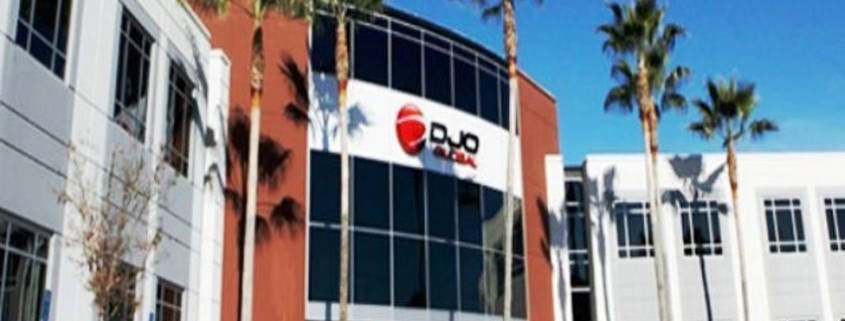Diagnosing The Net-Lease Medical Sector
What do dialysis clinics, urgent care locations, and dental offices have in common?
They are often net lease tenants and together these types of tenants make up the net lease medical sector.
Calkain’s just-released “Net Lease Report: Medical Sector” notes that net lease medical properties can prove to be viable investments, thanks to the following fundamentals.
In-Place Tenants
The main appeal of a net lease medical property is the tenants, which funnel capital into extensive space buildouts and industry-specific equipment. Furthermore, a net lease medical tenant is less likely to up and relocate, as moving X-ray machines, dental equipment and surgical suites can be a costly challenge.
In-Person Healthcare Delivery
Even with telemedicine and virtual healthcare becoming important tools, medical care continues to flourish through face-to-face interaction. The in-person, real-time relationship between patient and physician is difficult to replicate via the internet, meaning a continued need for physical space. Additionally, medical tenants set up shop in specific areas, based on proximity to target populations and lack of competition.
Financial Strength
Net lease medical tenants range from solo dental practices to regional stand-alone urgent care/emergency centers to national specialty clinics. Another aspect tying these businesses together is they are, for the most part, strong financially. A consistent revenue stream adds to the appeal of a net lease medical property.
As with any kind of investment, there are downsides. The net lease medical sector is no exception, and investors need to keep in mind the following.
Empty Space
As mentioned above, relocation is less likely to take place, but this doesn’t mean that it won’t happen. If a healthcare tenant decides not to renew a lease, backfilling the property can be difficult and tenant improvements to convert to general retail purposes can be costly.
Shifting Dynamics
Neighbors Legacy Holdings Inc., which owned and operated Neighbors Emergency Centers, filed for Chapter 11 bankruptcy protection in summer 2018. The year before, six urgent care centers in Southern California filed for bankruptcy protection. Increased competition, changing third-party payer conditions, and increasing overhead costs created financial difficulties for these and other companies. The bankruptcy process can kill a net lease investor’s revenue stream until a judge approves a reorganization plan.
Certainly, there are risks when it comes to owning a net lease medical property and due diligence is essential. The future is bright for the sector. With advances in medicine, people are living longer and this creates a greater need for healthcare services. The growing demand could push net leased medical facilities to full capacity and lead to a need for additional medical offices, specialty clinics, and urgent care locations. As such, market fundamentals and increasing demand can make medical-sector properties attractive to a net lease property owner.
Source: GlobeSt.




